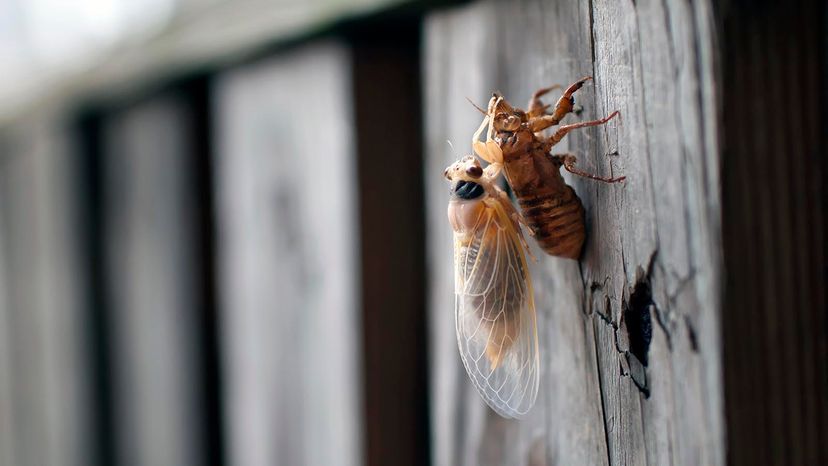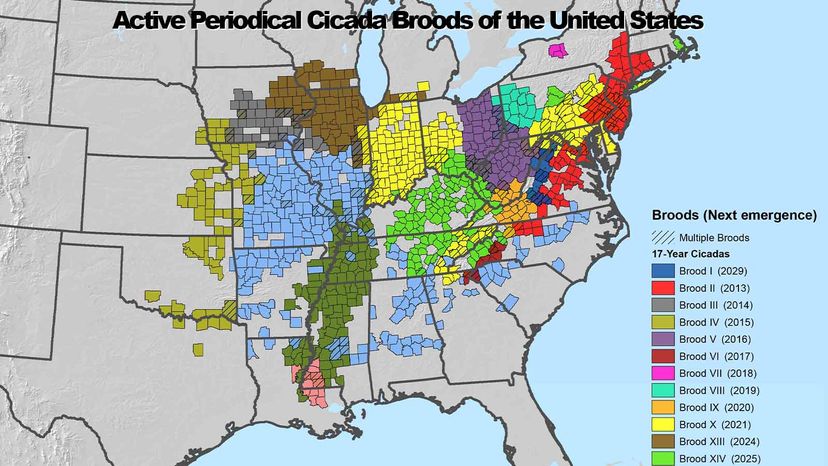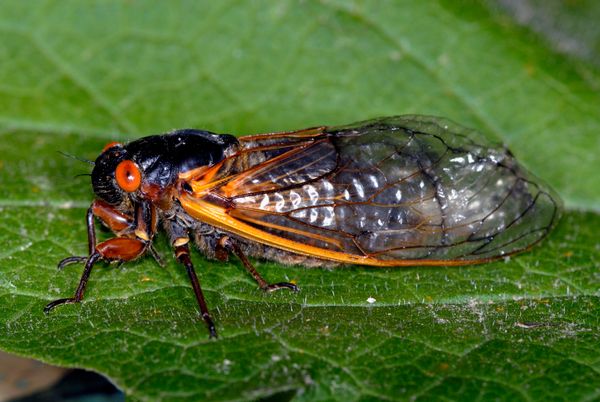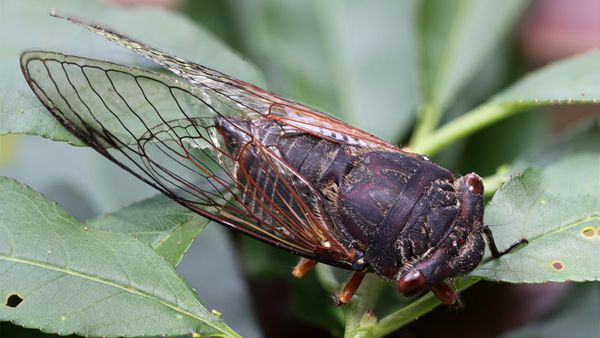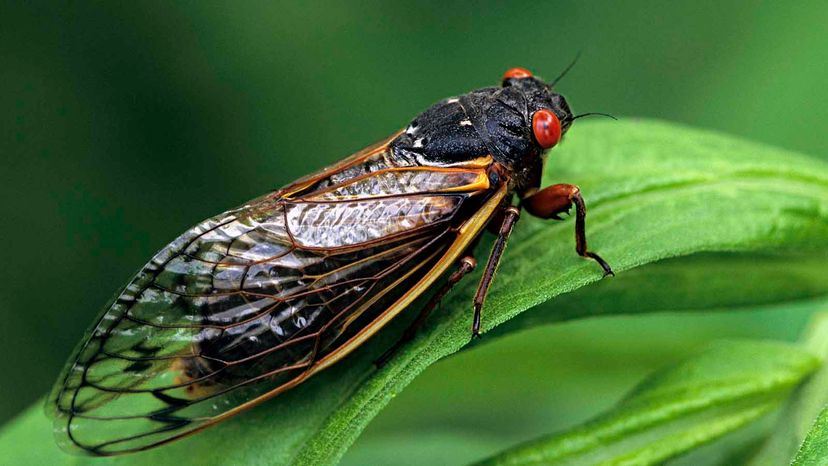
A big event in the insect world is approaching. Starting sometime in April or May, depending on latitude, one of the largest broods of 17-year cicadas will emerge from underground in a dozen states, from New York west to Illinois and south into northern Georgia. This group is known as Brood X, as in the Roman numeral for 10.
For about four weeks, wooded and suburban areas will ring with cicadas' whistling and buzzing mating calls. After mating, each female will lay hundreds of eggs in pencil-sized tree branches.
Advertisement
Then the adult cicadas will die. Once the eggs hatch, new cicada nymphs fall from the trees and burrow back underground, starting the cycle again.
There are perhaps 3,000 to 4,000 species of cicadas around the world, but the 13- and 17-year periodical cicadas of the eastern U.S. appear to be unique in combining long juvenile development times with synchronized, mass adult emergences.
These events raise many questions for entomologists and the public alike. What do cicadas do underground for 13 or 17 years? What do they eat? Why are their life cycles so long? Why are they synchronized? And is climate change affecting this wonder of the insect world?
We study periodical cicadas to understand questions about biodiversity, biogeography, behavior and ecology — the evolution, natural history and geographic distribution of life. We've learned many surprising things about these insects: For example, they can travel through time by changing their life cycles in four-year increments. It's no accident that the scientific name for periodical 13- and 17-year cicadas is Magicicada, shortened from "magic cicada."
Advertisement
